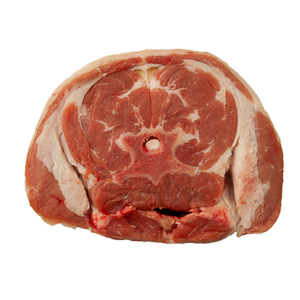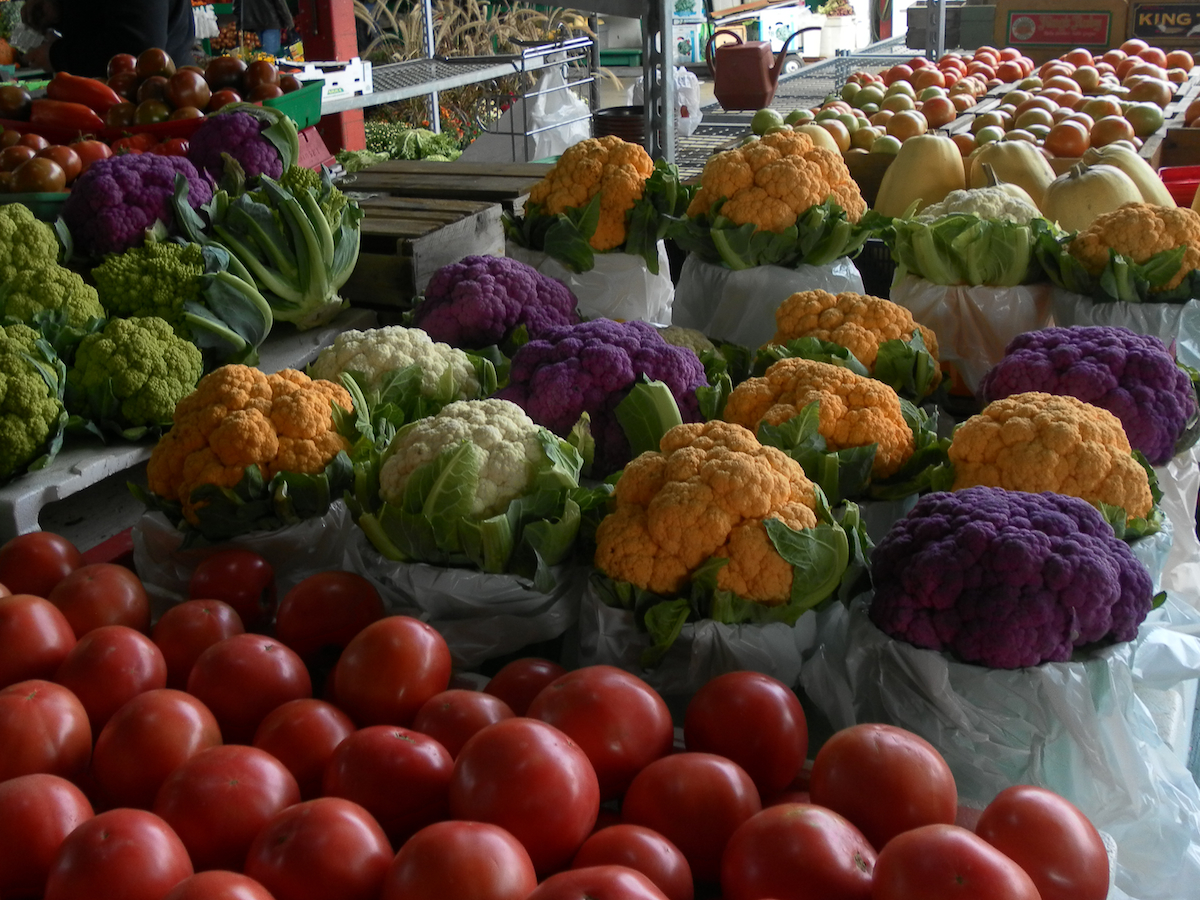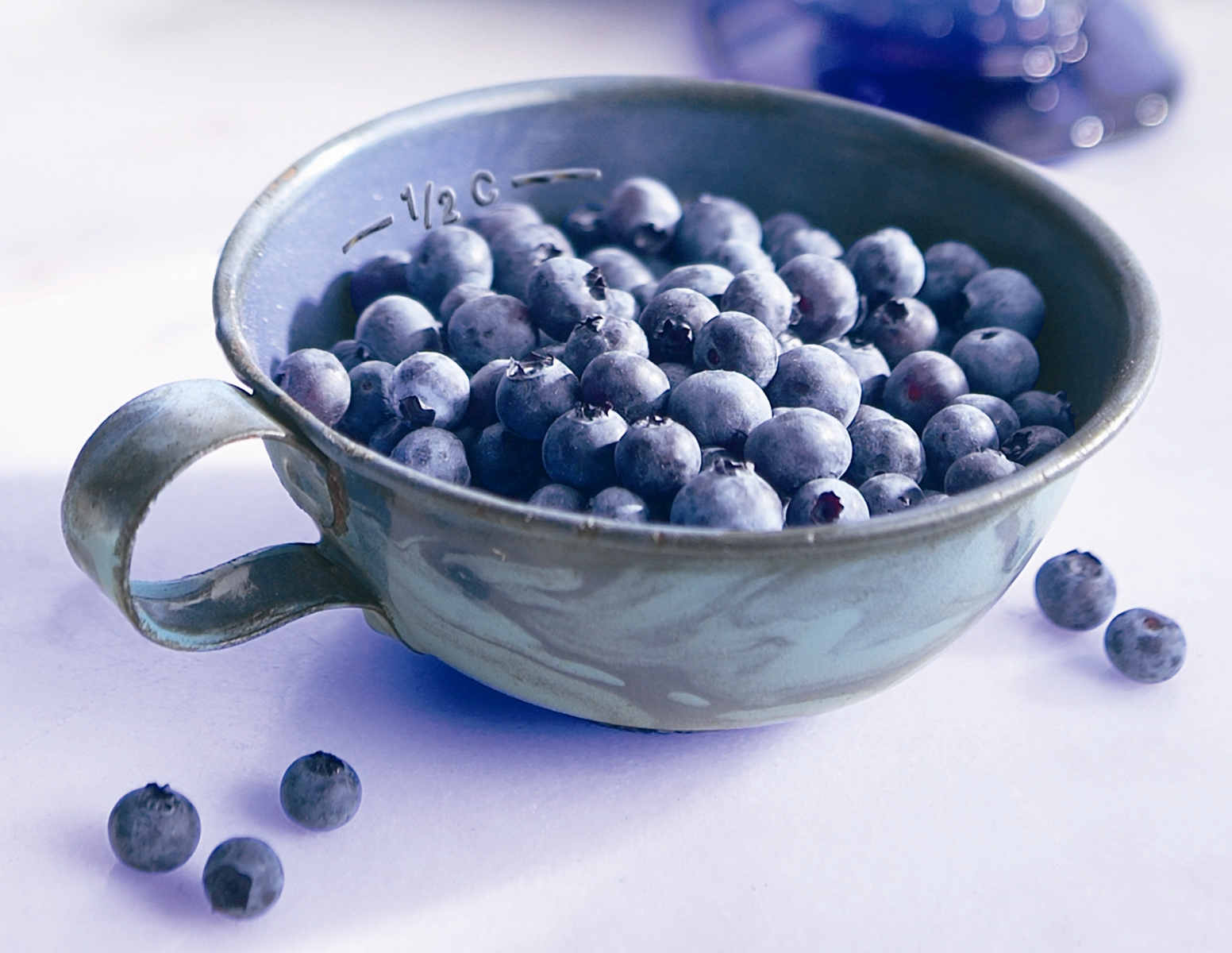By Jamie Drummond
As November turns to December hopefully nothing is left of Beaujolais Nouveau save some bad olfactory memories of carbonic maceration (or “carbonic masturbation” as it is referred to by outspoken Winemaker Jean-Marie Guffens) and few dozen gaudily-labelled bottles sitting forlornly upon wine store shelves.
Red Beaujolais (created solely from the wonders of the Gamay grape) has so often been seen as the underdog, the red-headed (and currently terribly unfashionable) stepchild of the Burgundian nobility. Despite the notable, and perhaps charitable, exception that is Passe-Tous-Grains, the undoubtedly regal Pinot Noir and Chardonnay shut Beaujolais/Gamay out of all of the fun, snubbing the shy wee bugger at Society events, and ostracising their poor relation to a region in the blue hills just north of Lyon.
Having always been a huge fan of the wines of Beaujolais since I first began working in the world of wine, I feel that this snobbery is wholly unfounded. Upon many an occasion when dining at a restaurant I have been handed the winelist and asked to choose the evening’s wines for the group. Invariably my eyes search for Beaujolais. When my personal selections are delivered the table I have oft noted the half-hidden looks and sighs of disapproval from many a dining companion. And the reasoning for this judgement from so many? Is it because the wines of Beaujolais exhibit amazing such value and are therefore seen in some eyes as being “cheap”? Is it perhaps because the wines of Beaujolais are almost always lighter in style than anything else on the list? I think it is most probably the latter.
And therein lies the problem. Why do so many otherwise intelligent people still believe that in order for a red wine to be a good red wine it has to be heavier, and more full-bodied… and augmented by a huge wallop of oak for that matter?
The fact remains that lighter wine styles, such as those from my much beloved region of Beaujolais, are so much more food-friendly and 90% of the time actually sit better with a much wider variety of dishes than the aforementioned “big” wines. It is also essential to realise that these Beaujolais wines drink so damn well by themselves as they tend to be so much more lively, fresh, and vibrant, revitalising the palate with each sip. Let’s not get into just how much of the stuff I can enjoy before dinner has even properly begun… *blush*
I cannot stress just how strongly I feel that the recent wines of the region deserve to be seriously re-evaluated. Of particular note would be the wines of the 2009 and 2010 vintages, with 2009 exhibiting an extraordinary concentration and tannic structure, and 2010 being a little more classically tempered, and much closer to what I personally consider to be “true” Beaujolais, real vins de terroir. It is worth mentioning here that the widely slammed 2008 vintage is actually showing rather well in the better bottlings, despite it being a particularly lean year.
In the past five years I have noted a quite remarkable increase in the quality of the region’s wines, much of this having to do with some serious yield reduction, the ripping up of many a vineyard that was unwisely planted in Beaujolais’ more marginal zones, an almost region-wide shunning of the chemical dependences of the last three decades, a move away from the pear drops, rubber, and banana smelling vin de merde of the past, and a serious push towards sustainable and organic viticulture. Beaujolais is also home to some of the leading lights in the ever-growing natural wine movement.
Accounting for almost half of the wine produced in Burgundy in any given vintage, the Beaujolais region has around 19,000 hectares under vine, with 99% of that being planted to Gamay for red and rosé, and a mere 1% planted to Chardonnay. About 3,000 wine estates call the region home, with the average estate being approximately 7.3 hectares, which is pretty small in the grand scheme of things.
Beaujolais comes in at three different quality levels (I’m not even going to touch upon the utter pish that is Beaujolais Nouveau AOC / Beaujolais Primeur AOC):
First up is the generic Beaujolais AOC, which makes up more than half of the region’s production. While it can still be an enjoyable quaffing wine, Beaujolais AOC need be nothing more than a fresh, juicy, purple glass of fun. There are no complications to be found in this level of Beaujolais. Best enjoyed slightly chilled as an aperitif during the warmer months. One may also very occasionally come across the term Beaujolais Supérieur AOC, which signifies nothing more than the wine having 1% more alcohol and certainly nothing to do with it being in any way superior.
The next level up is the Beaujolais Villages AOC, and indeed it was this appellation that was the very first in France to utilise the term “villages”. There is usually a perceptible quality leap to the Villages from the generic, and so it is almost always worth that extra couple of dollars. There are a total of 38 different villages that may add their names to the Beaujolais AOC (although they rarely do as many can use the Cru appellation designation) and they also have the legal right to use this appellation upon their labels. The wines at this quality level tend to show much more intense colour, richness of fruit, and Gamay varietal typicity than the generic Beaujolais wines. Seek these out as everyday drinking wines… Louis Jadot’s Beaujolais Villages shows particular value with surprising concentration and is widely available.
The 10 Cru Beaujolais, located in the granite-based soils in the northeast of the region, are capable of making wines that truly deserve classic status, and it is these wines that I would particularly like to draw your attentions towards. When these wines are made well, they can be astonishingly superb vins de terroir, each expressing the particular characteristics of the vineyard through subtle nuances in the glass and on the palate. When it comes to price/quality ratio Beaujolais takes on all comers. In which other classic wine region could one find the very best wines from that region at under $40? (with the greater majority being priced under $30).
The 10 Cru are (in a kind-of rough ascending order of body) Chiroubles, St-Amour, Fleurie, Régnié, Brouilly, Côte de Brouilly, Juliénas, Chénas, Morgon and Moulin-à-Vent. I’m often asked what my desert island wine would be… and it would be all 10 Cru of Beaujolais, perfect to chill in a waterfall as I cavorted about the beach, glass of Chiroubles in hand, with Brooke Shields à la The Blue Lagoon. Although these days I have to admit that I’d prefer a slightly more mature vintage of Ms. Shields than the one in the original film.
These are certainly the wines to search for, although, what with this being Burgundy and all, be ready for a few disappointments upon your gustatory explorations of the appellations. Much like Burgundy-proper, it’s all to do with choosing the right producers.
My Beaujolais producers of choice would be Jean-Paul Thévenet (Morgon), Château Thivin (Brouilly and Côtes de Brouilly), Hubert Lapierre (Chénas), Maison Coquard (St-Amour), Pascal Granger (Juliénas), Domaine Lagneau (Régnié), Guy Breton (Morgon), and Jean Foillard (Morgon).
Some may be difficult to track down, but there are a number of the more forward-thinking Sommeliers (notable Jeff Connell at Woodlot, Mark Moffatt at Crush, and Anton Potvin at Niagara Street Cafe) and Wine Importers (Barrel Select occasionally bring on some of the stellar Kermit Lynch Beaujolais selections) who actually “get” Beaujolais.
As the advent of Winter draws ever closer, many a wine lover’s palate will be leaning towards some of the heartier red wine styles, with the delicate pleasures of Beaujolais being the furthest thing from their ideal of seasonal vinous nirvana. To the naysayers I proclaim TOSH. Rise up Beaujolais, your time has come!









Hear, hear. There have a been a few good Morgons and Fleuries coming through Vintages in the last few months under $20. Excellent value. – Malcolm
I remember trying to engage an assistant in a wine store in the Marais about Beaujolais, and he replied “Moi, je ne suis pas tres Beaujolais,” which didn’t help at all. I am relieved that the 2010’s are good, because I have been enjoying what there is in the LCBO of the 2009’s. Good Morgons, yes, and a nice Moulin-a-Vent, but nothing like the choice in Quebec. If you think how much mediocre Valpol Ripasso the LCBO stocks, it’s a bit pathetic. My other value burgundy is Mdercurey, of which there is a huge choice in the SAQ. Geoffrey James